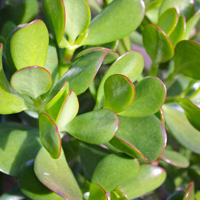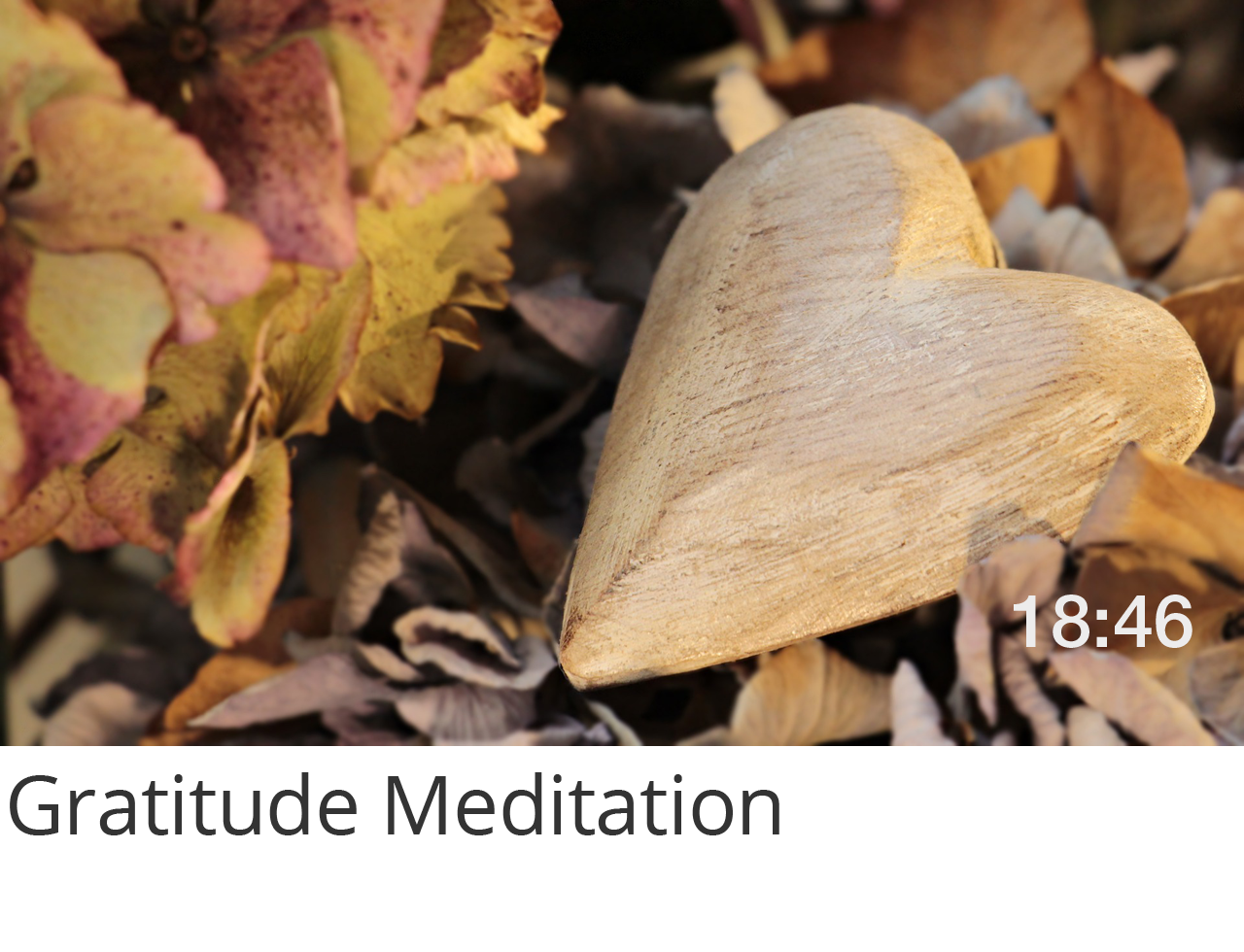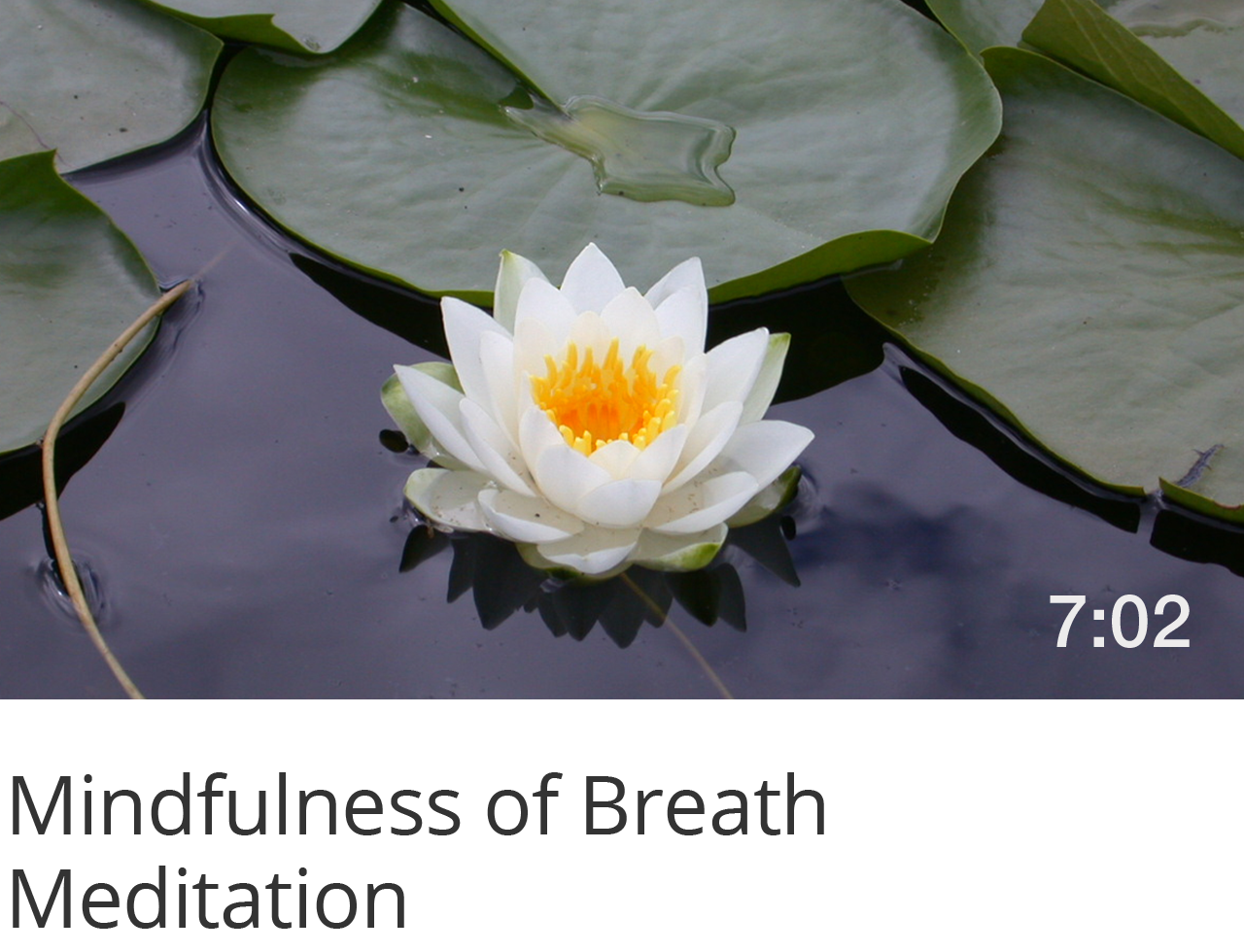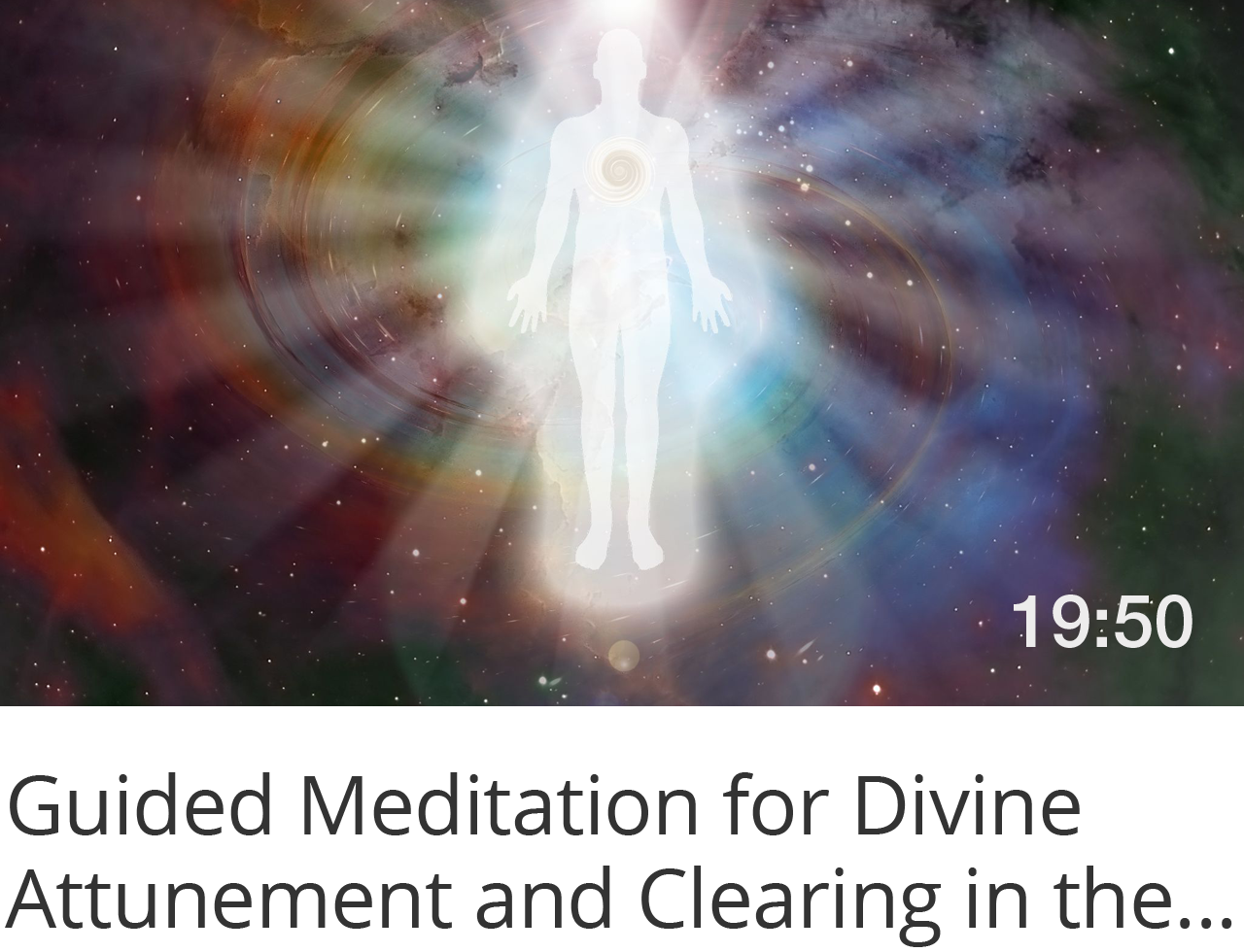In a culture that is becoming more and more virtual and closed-off from the natural environment, most of us are spending as much as 90% of our time indoors, where air pollution can be several times greater than outdoors.
One of the greatest indoor pollutants is a class of chemicals called VOCs that include benzene and formaldehyde, which readily evaporate at room temperature from painted and varnished surfaces, vinyl floors, carpets, upholstery fabrics, plastics, solvents, glues, cosmetics, and air fresheners. Exposure to these VOCs harms our health, and can lead to many illnesses, including cancer. You thought that carcinogenic chemicals in the home and workplace would be banned, right? Well that isn’t the case—although steps are being taken to reduce them.
What can you do about this?
The obvious answer is to replace toxic products and furnishings with organic, non-toxic alternatives. There are now organic VOC-free paints that are a better alternative to VOC and low-VOC paints. Solid wood can be used instead of MDF and other manufactured wood that contain formaldehyde. Floorings can be made from solid wood, cork, and other organic fibres. And so on.
However, if you are not yet in a position to replace all the toxic products and furnishings in your indoor space, or are not able to in your workplace, then increase your ventilation and use the following simple solution. Just place a number of the right household plants in your home or office. I would suggest at least a couple of houseplants per room, or per 100 square feet. Here are 13 houseplants that have been found by researchers to work best as indoor air purifiers:
- Aloe Vera: detoxification of benzene, formaldehyde, carbon monoxide
- Asparagus Fern: detoxification of benzene, trichloroethene, toluene, octane
- Bamboo Palm: detoxification of benzene, formaldehyde, trichloroethene, xylene, toluene
- Devil’s Ivy: detoxification of benzene, formaldehyde, trichloroethene, xylene, toluene
- English Ivy: detoxification of benzene, formaldehyde, xylene, toluene
- Dragon Tree: detoxification of benzene, formaldehyde, trichloroethene, xylene, toluene
- Money Plant: detoxification of benzene, formaldehyde, trichloroethylene, xylene and toluene
- Peace Lily: detoxification of benzene, formaldehyde, trichloroethene, toluene, xylene, ammonia
- Purple Heart Plant: detoxification of benzene, trichloroethene, toluene, octane
- Purple Waffle Plant: detoxification of benzene, trichloroethene, toluene, octane
- Snake Plant: detoxification of benzene, formaldehyde, trichloroethene, xylene, toluene
- Spider Plant: detoxification of benzene, formaldehyde, styrene, carbon monoxide, xylene
- Variegated Wax Plant: detoxification of benzene, trichloroethene, toluene, octane
Remember to clean any dust off the houseplants to maximise their effectiveness as air purifiers.
Ultimately, indoor and outdoor pollution is a reflection of a polluted state of mind, in which authentic healthy values are obscured by unhealthy ideas for living. By embodying your true self through mindful practices, you can develop the clarity of mind to make lifestyle choices that benefit your health and the environment, and that honour the life-affirming values of your true self. This is the most effective solution to dealing with pollution. By dealing with pollution, we are taking responsibility for the health of our environment. Perhaps we can go a step further and take responsibility for co-creating healthy and productive practices—by supporting with our purchases those producers and retailers who provide organic, toxic-free products.
To learn more about integrating mindfulness and authenticity into your life, consider booking a Guidance Call with me.
Like this article? Spread the word by sharing the link.







